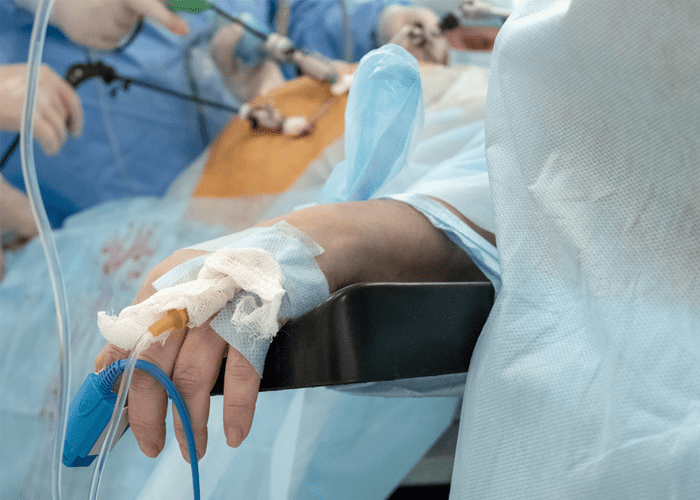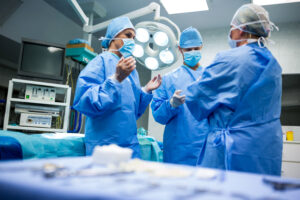
Diagnostic Laparoscopy Infertility is a minimally invasive surgical treatment that involves inserting a laparoscope (a fiber-optic tube with light and video camera) through two or more tiny incisions, most often in the belly button. The pelvic reproductive organs and the pelvic cavity can then be examined visually by the surgeon.
The Diagnostic laparoscopy infertility treatment takes 30 to 45 minutes and can be done under general anesthesia or a local anesthetic. The abdominal cavity is inflated with gas (carbon dioxide or nitrous oxide administered by a needle) to shift the organs away from the abdominal wall and make them visible during the surgery.
Infertility can be caused by a variety of factors. These may include:
- Abnormalities of the uterus and ovaries
- Blocked fallopian tubes
- Scar tissue
- Fibroid tumors
Laparoscopy also enables the biopsy of suspicious growths and cysts that may be interfering with fertility. Women who are having pelvic discomfort, which is a sign of endometriosis, may benefit from a laparoscopy. Scar tissue that causes pelvic or abdominal discomfort can also be removed via laparoscopy.
- Mon: 9:00 - 18:30
- Tue: 9:00 - 18:30
- Wed: 9:00 - 18:30
- Thu: 9:00 - 18:30
- Fri: 9:00 - 18:30
A hysterectomy is a procedure that removes the uterus from the body.
Pelvic examination
Ultrasonography
Hysteroscopy
D&C Biopsy
Colposcopy & Cervical biopsy
- Uterus removal by laparoscopic surgery (Laparoscopic Hysterectomy)
Total Laparoscopic Hysterectomy (TLH) and Laparoscopic Assisted Vaginal Hysterectomy (LAVH) are two types of laparoscopic hysterectomy procedures (LAVH)
2.Total Abdominal Hysterectomy
3.NDVH-Non descent Vaginal Hysterectomy
4. Vaginal Hysterectomy
Quick recovery time.
Less painful Post surgery.
Less scars
Less blood loss
Ovarian cysts.
Ectopic pregnancy ( Pregnancy in tubes or outside the uterus.)
Infertility
Ovarian drilling
Myomectomy




